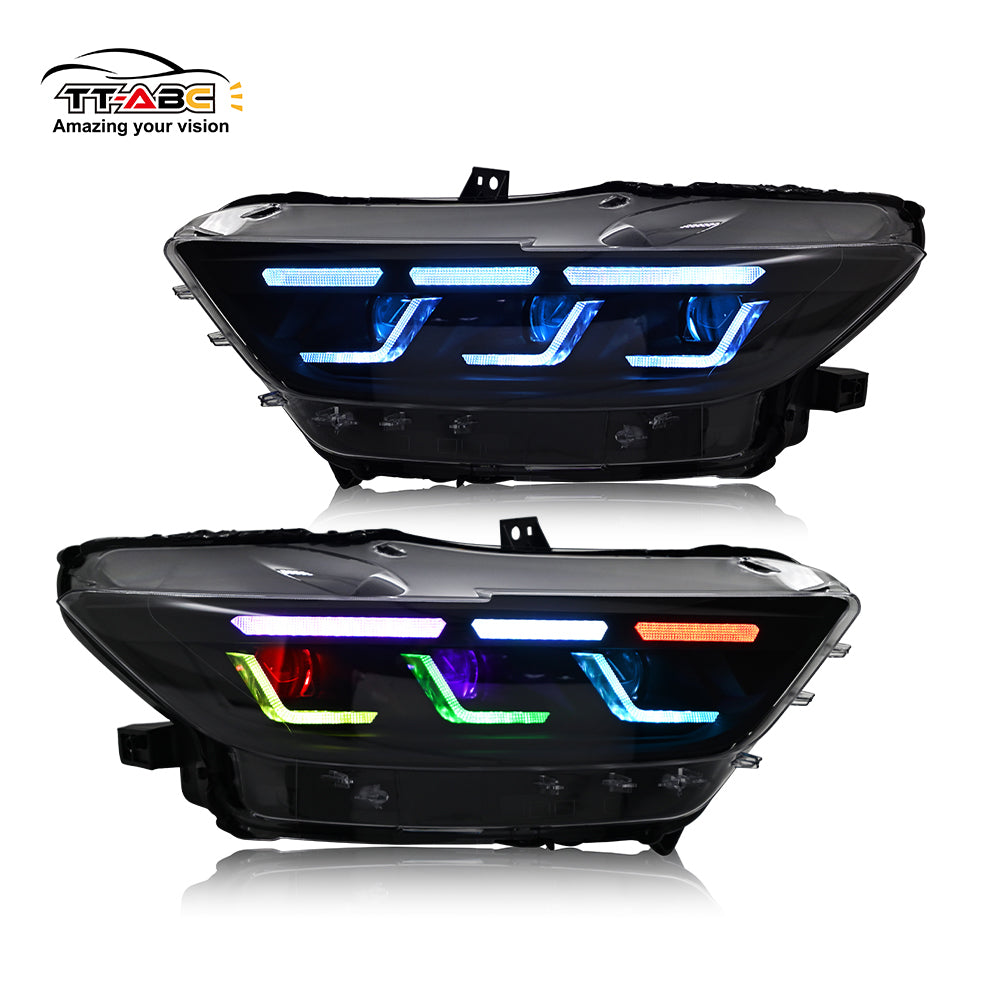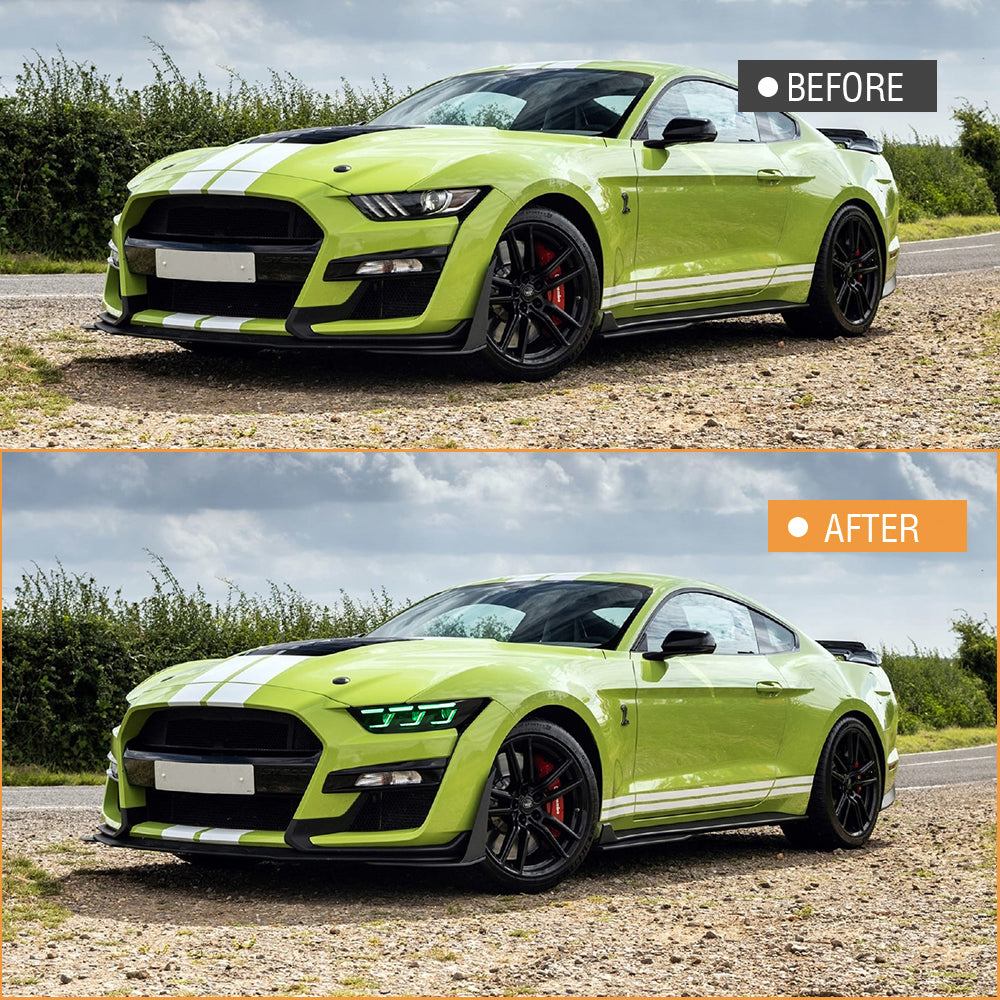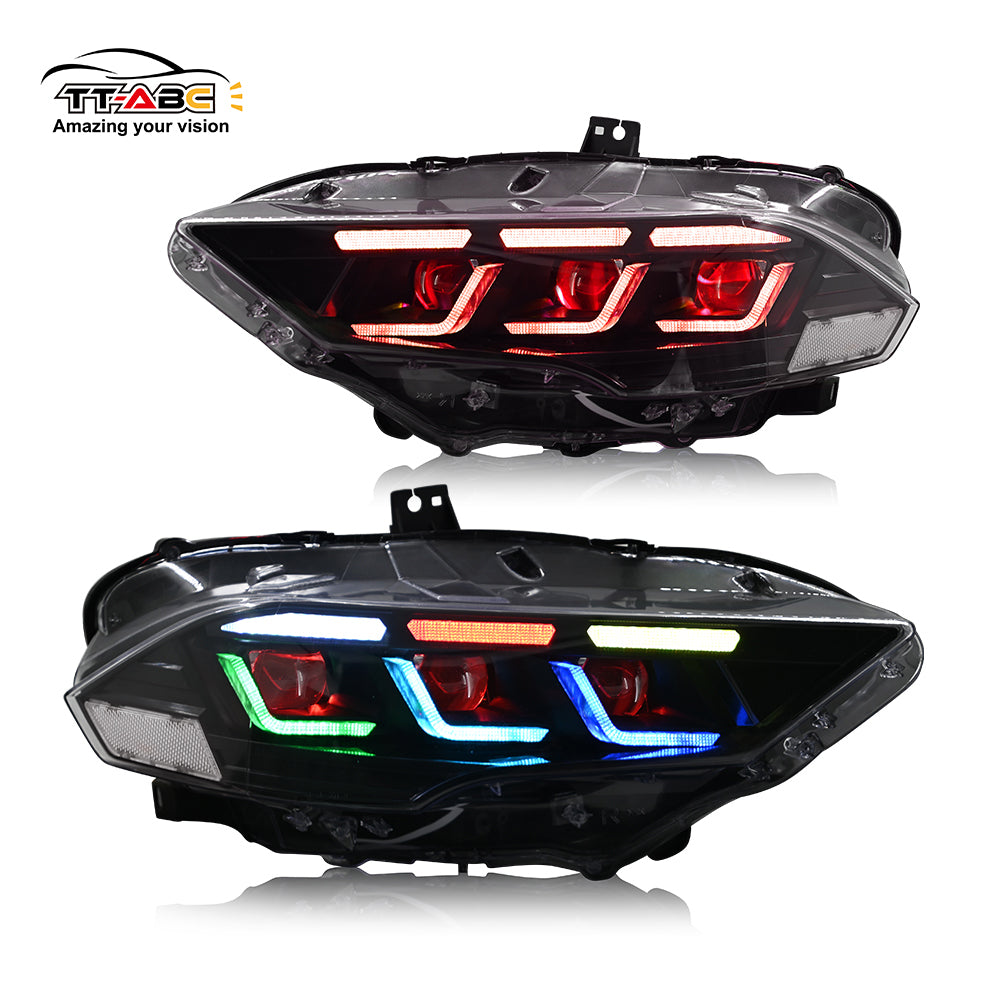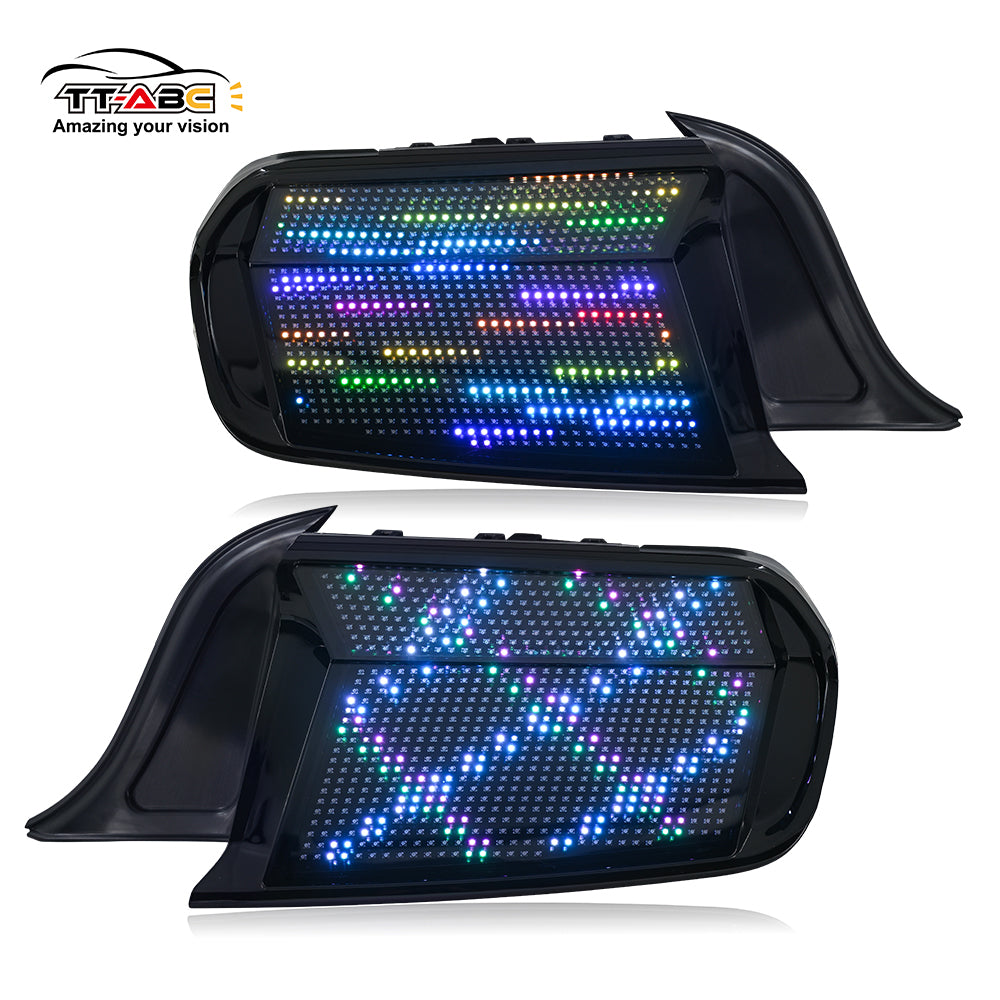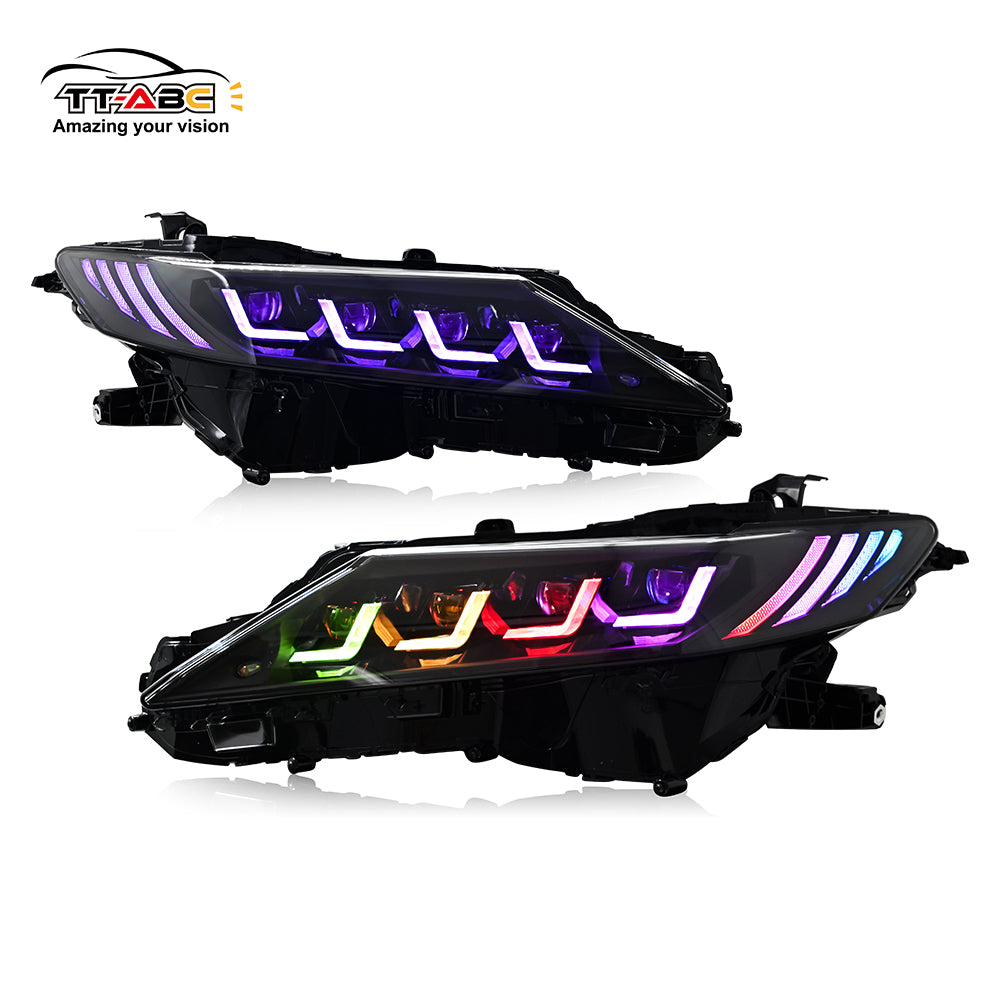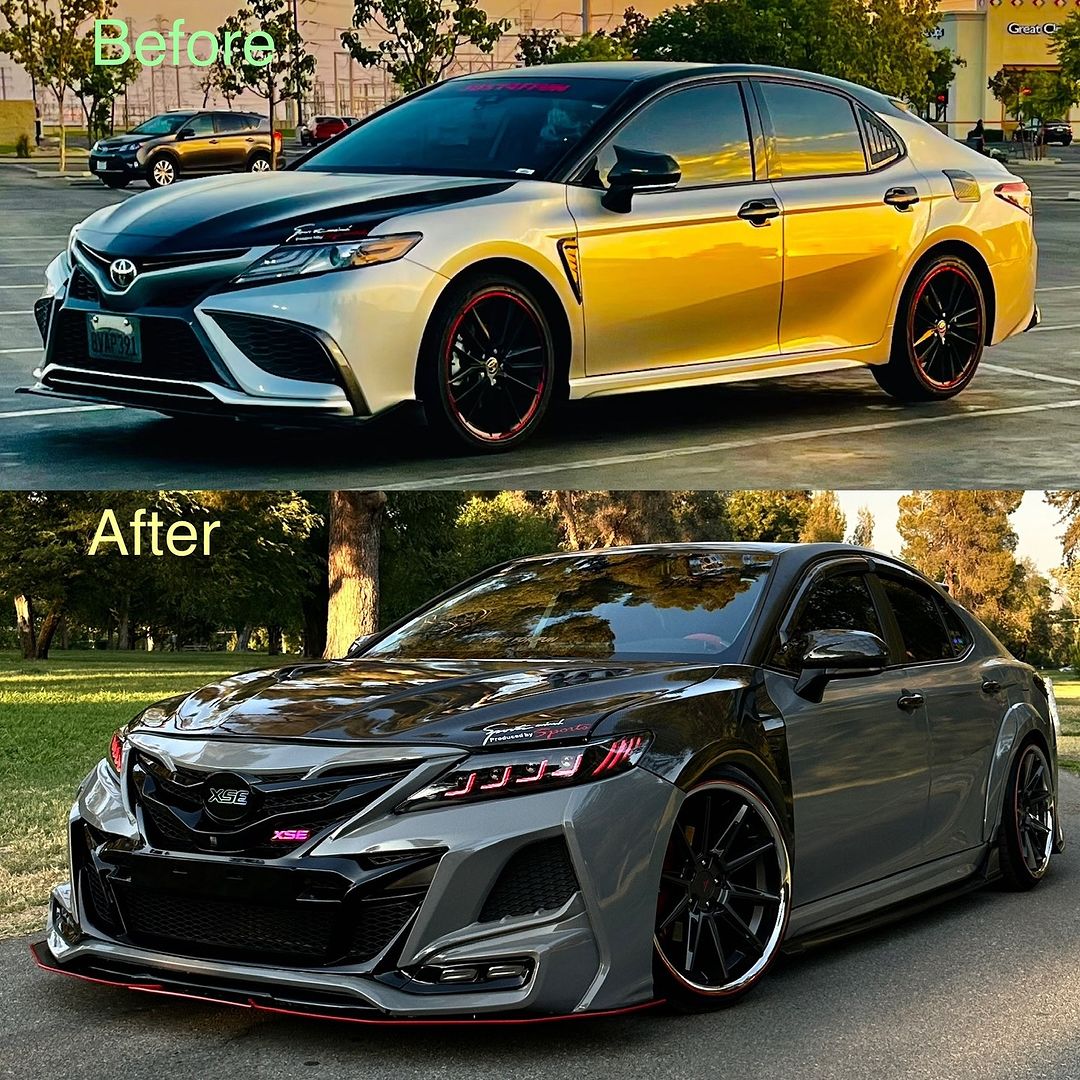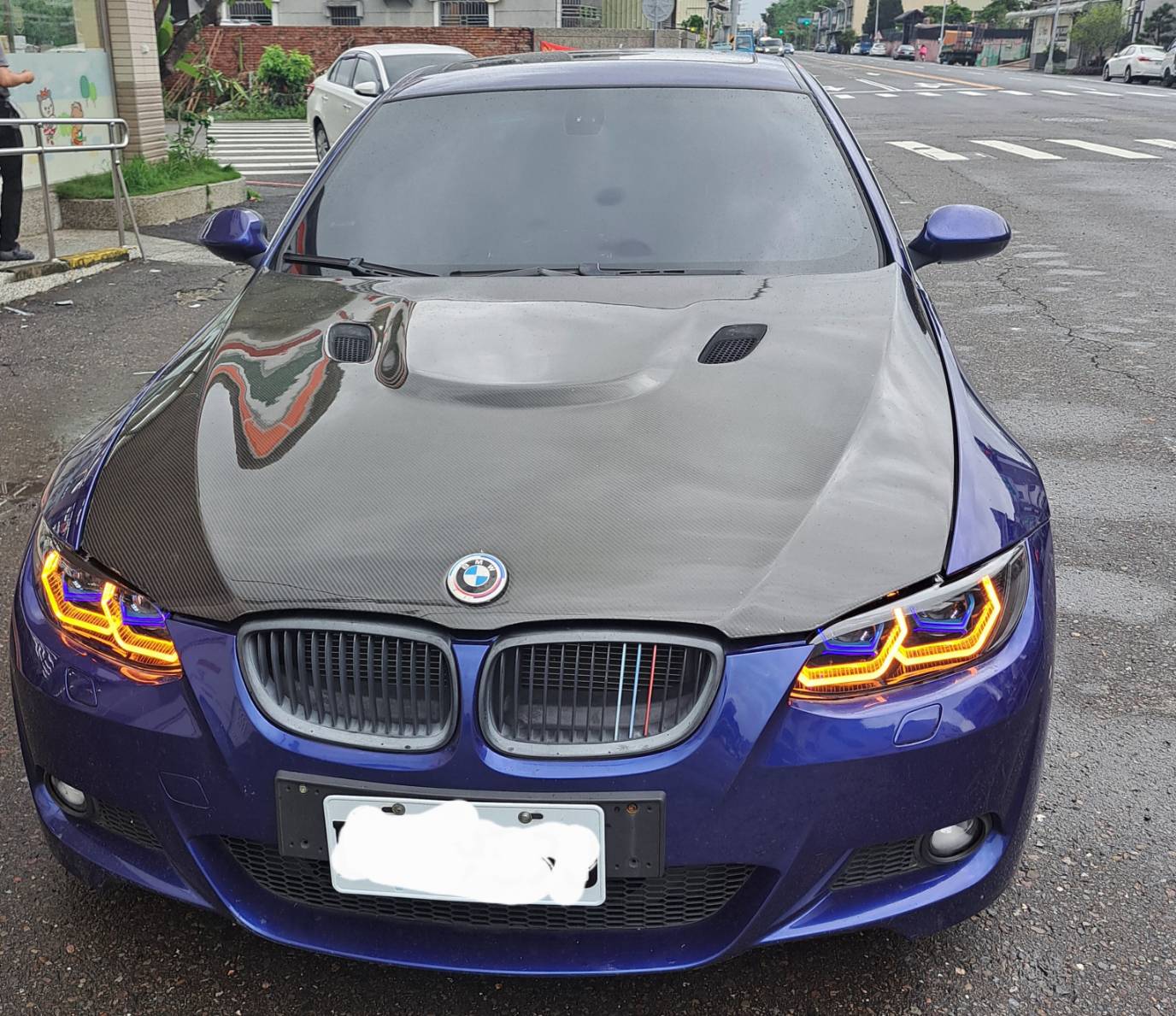There is a discussion online, and many people say that LEDs will get hotter than halogens?
One person answered that the power of a general halogen headlight is 55kw, the power of a Philips H7 LED headlight is 25kw, the brightness of a halogen headlight is 1000 lumens, and the brightness of an LED headlight is 6000 lumens. Will a lamp with higher power and lower brightness get hotter than a lamp with lower power and brighter brightness? This does not conform to the law of conservation of energy, does it?
CoolMotor believes that a lamp with higher power and lower brightness will not get hotter than a lamp with lower power and brighter brightness, which does not conform to the law of conservation of energy.
The conclusion is correct, but the problem-solving process is wrong
Let me try to explain the logic of the questioner in principle:
Whether it is an LED lamp, a xenon lamp, or a halogen lamp, they are all electric lamps, that is, devices that convert electrical energy into light energy. The unit of energy is joule (J), and the unit of power is watt (W). 1 watt = 1 joule/1 second, which means that power is the work done by 1 joule of energy in 1 second, so it is called power.
The higher the power, the more energy the device consumes. For example: "The power of a general halogen headlight is 55W, and the power of a Philips H7 Led headlight is 25W", then the halogen lamp consumes more electricity and should do more work, but in fact the luminous flux emitted by the halogen lamp is lower than that of the LED lamp. According to the law of conservation of energy, the extra energy used will not disappear out of thin air, but will inevitably be converted into other forms of energy.
The above answer explains what the netizen said: a high-power, low-brightness lamp will not generate more heat than a low-power, bright lamp, which does not conform to the law of energy conservation, so it is believed that LED headlights should generate less heat than halogen lamps.
This conclusion is correct, but the conclusion process is incorrect, because the following reasons can also cause high power and low brightness:
The human eye has different sensitivity to light of different color temperatures and wavelengths (i.e. colors)
The human eye can only recognize visible light, and the converted invisible light is not included in the luminous flux

1. The human eye has different sensitivity to light of different color temperatures and wavelengths (i.e. colors)
This causes the light of the same power but different color temperatures or colors to appear different in brightness to the human eye, resulting in a situation where the radiation power is high and the luminous flux is low. In order to make the luminous flux consistent with people's intuitive feelings, the visual function is included in the conversion of the luminous flux. However, the luminous flux of 3000K is much lower than that of 6500K, which is in line with the actual perception of the human eye. It happens that the color temperature of halogen lamps is only about 3000K, while most LED headlights are 6500K. This also explains why LED headlights rarely have low color temperatures, because lowering the color temperature will greatly reduce the luminous flux.

2. The human eye can only recognize visible light, and the converted invisible light is not included in the luminous flux
Light is an electromagnetic wave with a very wide frequency, and the human eye can only recognize (see) electromagnetic waves with a frequency of 380 to 800nm, commonly known as visible light. Electromagnetic waves of different frequencies are captured by our eyes as different colors. As we know above, the unit of luminous flux is linked to the visual function. If the light source produces a lot of invisible light, such as infrared and ultraviolet rays, then these works will not be counted in the luminous flux, but it does consume energy.
Then why is the conclusion that "LED lamps with the same power generate less heat than halogen lamps" correct?
The netizen mentioned in the quote: the difference between hot light sources and cold light sources; I sorted out the overall logic of this answer:
The electro-optical conversion rate of cold light sources is 30%, but almost all of the light emitted is visible light, so the remaining energy is converted into heat energy, so it will generate heat; the electro-optical conversion rate of incandescent lamps (halogen lamps) is 2%, but a considerable part of it is converted into invisible infrared light, so cold light sources are actually not cold.
In fact, the first half is used to explain the reason why cold light sources generate heat, which is correct, but he is wrong to use hot light sources as a comparison to give a counterexample, because he forgot the definition of hot light sources: hot light sources are light sources excited by heat energy. That is to say, the light-emitting principle of LED lamps and halogen lamps is completely different. The reason why halogen lamps can emit light is because they are hot. The hotter the filament, the higher the color temperature and the higher the luminous flux, which is the so-called black body radiation; and the light-emitting principle of LED lamps is simply: when the P/N junction in the structure is filled with current, it will radiate energy in the form of light. It does not need its own heat to emit light. On the contrary, the material used to build the P/N junction is not resistant to high temperature. When the temperature is high, it will cause the P/N junction to collapse. Therefore, LED lamps are very afraid of heat. With current technology, LED lamps will be damaged when the junction temperature exceeds 150℃.
Do you know why LEDs need fans to dissipate heat, but halogen lamps do not?
Because LEDs are afraid of heat, halogens are not afraid of heat, so LED lamps are equipped with fans. It is not that LEDs are hotter than halogens and xenon, but that LED lamps themselves are not resistant to high temperatures.










